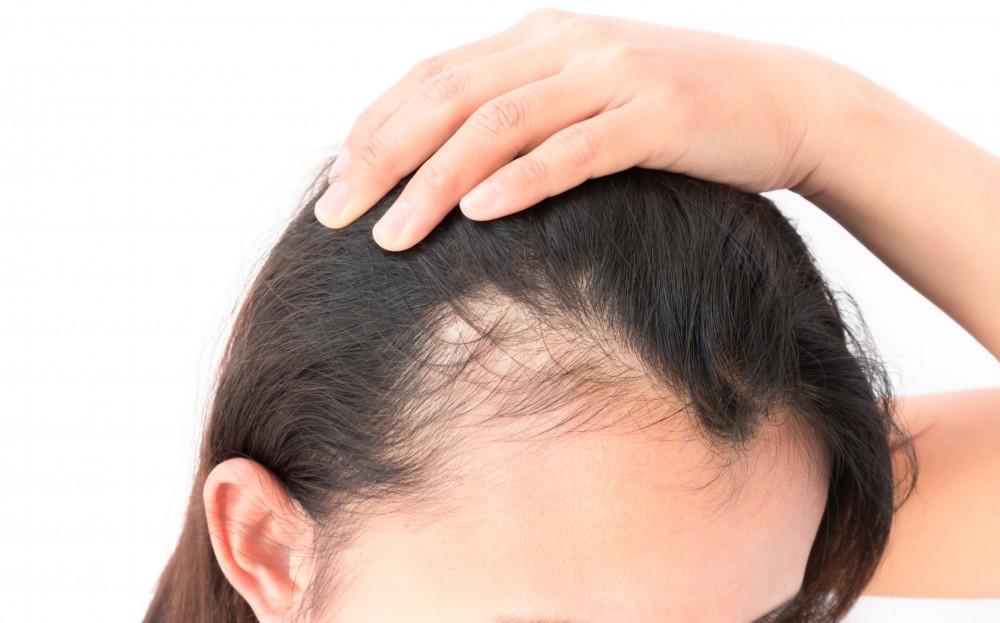Forehead reduction surgery is a transformative procedure that aims to decrease the height of the forehead, creating a more balanced facial appearance. This surgery has gained popularity among individuals looking to enhance their aesthetic features and boost self-confidence. The procedure involves the removal of a portion of the forehead skin, followed by repositioning the hairline. For many, the question arises: What is Forehead Reduction Surgery? It is essential to understand the intricacies of this procedure, including its techniques, recovery process, and the factors that influence candidacy for surgery.
Understanding Forehead Reduction Surgery
Forehead reduction surgery, also known as hairline lowering surgery, is designed for individuals with a prominent or elongated forehead. The surgery typically involves an incision made along the hairline, allowing the surgeon to remove excess forehead skin. The remaining skin is then pulled down, effectively lowering the forehead and bringing the hairline closer to the brow. This not only reduces the forehead's height but also enhances the overall harmony of the facial features.

Ideal Candidates for Forehead Reduction Surgery
Identifying suitable candidates for forehead reduction surgery is crucial for achieving optimal results. Ideal candidates are typically individuals who:
- Are in good overall health and have realistic expectations about the surgery.
- Experience dissatisfaction with the size or shape of their forehead.
- Have a stable hairline, as changes in hair growth may affect the surgery's results.
- Are non-smokers or willing to refrain from smoking during the recovery period.
A thorough consultation with a qualified surgeon will help determine if forehead reduction surgery is appropriate for an individual's specific needs.
Preoperative Considerations
Before undergoing forehead reduction surgery, several preoperative steps should be taken to ensure a successful outcome. These may include:
Comprehensive Consultation
During the initial consultation, the surgeon will evaluate the patient’s medical history, discuss goals, and perform a physical examination. This assessment will help the surgeon develop a tailored surgical plan that aligns with the patient’s aesthetic objectives.
Realistic Expectations
Understanding the potential results of the surgery is vital for candidates. Patients should have realistic expectations regarding the outcomes, including potential changes in facial proportions and hairline positioning.
Preparation for Surgery
Patients will be provided with preoperative instructions, which may include avoiding certain medications, refraining from smoking, and ensuring proper nutrition leading up to the surgery. Adhering to these guidelines can help minimize complications and enhance recovery.
The Surgical Procedure
Forehead reduction surgery typically takes place in an outpatient surgical center and can vary in duration based on the complexity of the case. Here’s a breakdown of the procedure:
Anesthesia Administration
The procedure generally begins with the administration of anesthesia to ensure the patient is comfortable throughout the surgery. Depending on the case, the surgeon may use local anesthesia with sedation or general anesthesia.
Incision Creation
Once the anesthesia takes effect, the surgeon creates an incision along the hairline. The placement of the incision is critical, as it must be hidden within the hair to minimize visible scarring.
Skin Removal and Hairline Adjustment
After the incision is made, the surgeon removes a predetermined amount of forehead skin. The skin is then pulled downward, effectively lowering the forehead and repositioning the hairline. This step requires precision to achieve a natural-looking result.
Closing the Incision
Once the forehead has been successfully reduced, the surgeon will close the incision using sutures or surgical adhesive. Careful closure techniques are employed to ensure minimal scarring and promote optimal healing.
Recovery Monitoring
Following the surgery, patients are typically monitored in the recovery area before being discharged home. The surgeon will provide detailed aftercare instructions to ensure a smooth recovery process.
Postoperative Care and Recovery
Proper postoperative care is essential for a successful recovery. Patients can expect some swelling, bruising, and discomfort in the initial days following the surgery. Here are key aspects of the recovery process:
Managing Discomfort
Pain management is an integral part of recovery. Surgeons often prescribe pain medications to help manage discomfort in the first few days post-surgery.
Activity Restrictions
Patients are advised to avoid strenuous activities and heavy lifting for a specified period to allow the body to heal adequately. Engaging in low-impact activities, such as walking, may be encouraged to promote circulation.
Follow-Up Appointments
Regular follow-up appointments with the surgeon are vital to monitor the healing process. During these visits, the surgeon will assess the incision site, remove sutures if necessary, and ensure that the patient is healing properly.
Caring for the Incision Site
Keeping the incision clean and dry is essential to prevent infection. Patients will receive instructions on how to care for the surgical site, including recommendations for cleansing and moisturizing.
Potential Risks and Complications
Like any surgical procedure, forehead reduction surgery carries potential risks and complications. Understanding these risks is crucial for making an informed decision. Common risks may include:
Infection
While the risk of infection is relatively low, it remains a possibility. Following postoperative care instructions can help reduce this risk.
Scarring
Though incisions are strategically placed along the hairline to minimize visible scars, some scarring may still occur. The surgeon will provide guidance on scar care to promote optimal healing.
Asymmetry
In rare cases, the final results may present asymmetry. Follow-up appointments and open communication with the surgeon can help address any concerns regarding symmetry.
Changes in Sensation
Some patients may experience temporary changes in sensation around the forehead or hairline. This sensation usually resolves over time, but in some cases, it may persist.
Emotional and Psychological Impact
Undergoing forehead reduction surgery can have a significant emotional and psychological impact on individuals. Many patients report feeling an increase in self-esteem and confidence following the procedure. This change in perception can influence various aspects of life, including personal relationships, social interactions, and overall quality of life.
Addressing Body Image Issues
For individuals who have long felt self-conscious about their forehead size, the surgery can be a liberating experience. It allows them to embrace their appearance with newfound confidence and contribute positively to their body image.
Importance of Support Systems
A strong support system is crucial during the recovery process. Friends and family members can provide encouragement and reassurance, helping patients navigate any emotional challenges that may arise post-surgery.
Lifestyle Changes Following Surgery
Adopting certain lifestyle changes can further enhance the results of forehead reduction surgery. These changes can support overall well-being and contribute to a positive self-image.
Embracing a Healthy Lifestyle
Incorporating a balanced diet, regular exercise, and sufficient hydration can aid in the healing process and contribute to long-term health.
Practicing Self-Care
Engaging in self-care practices, such as mindfulness and stress reduction techniques, can improve mental well-being. This focus on self-care can help individuals adjust to their new appearance and foster a positive outlook.
Building Confidence Through Style
Post-surgery, many individuals find that experimenting with hairstyles and fashion can boost their confidence. Consulting with a hairstylist about styles that complement the new forehead shape can enhance overall appearance and self-esteem.
Conclusion
Forehead reduction surgery is a transformative procedure that can change lives by enhancing facial balance and boosting self-confidence. Understanding what forehead reduction surgery entails is crucial for prospective patients. With careful consideration, proper preparation, and adherence to postoperative care, individuals can achieve their desired aesthetic goals.
The journey to a more harmonious appearance begins with informed decisions and an open mind. For those contemplating this surgery, the potential for positive change is within reach. With the right support and mindset, forehead reduction surgery can pave the way for a brighter, more confident future.





Comments